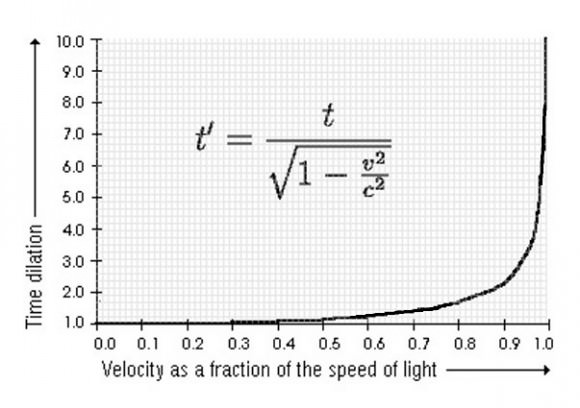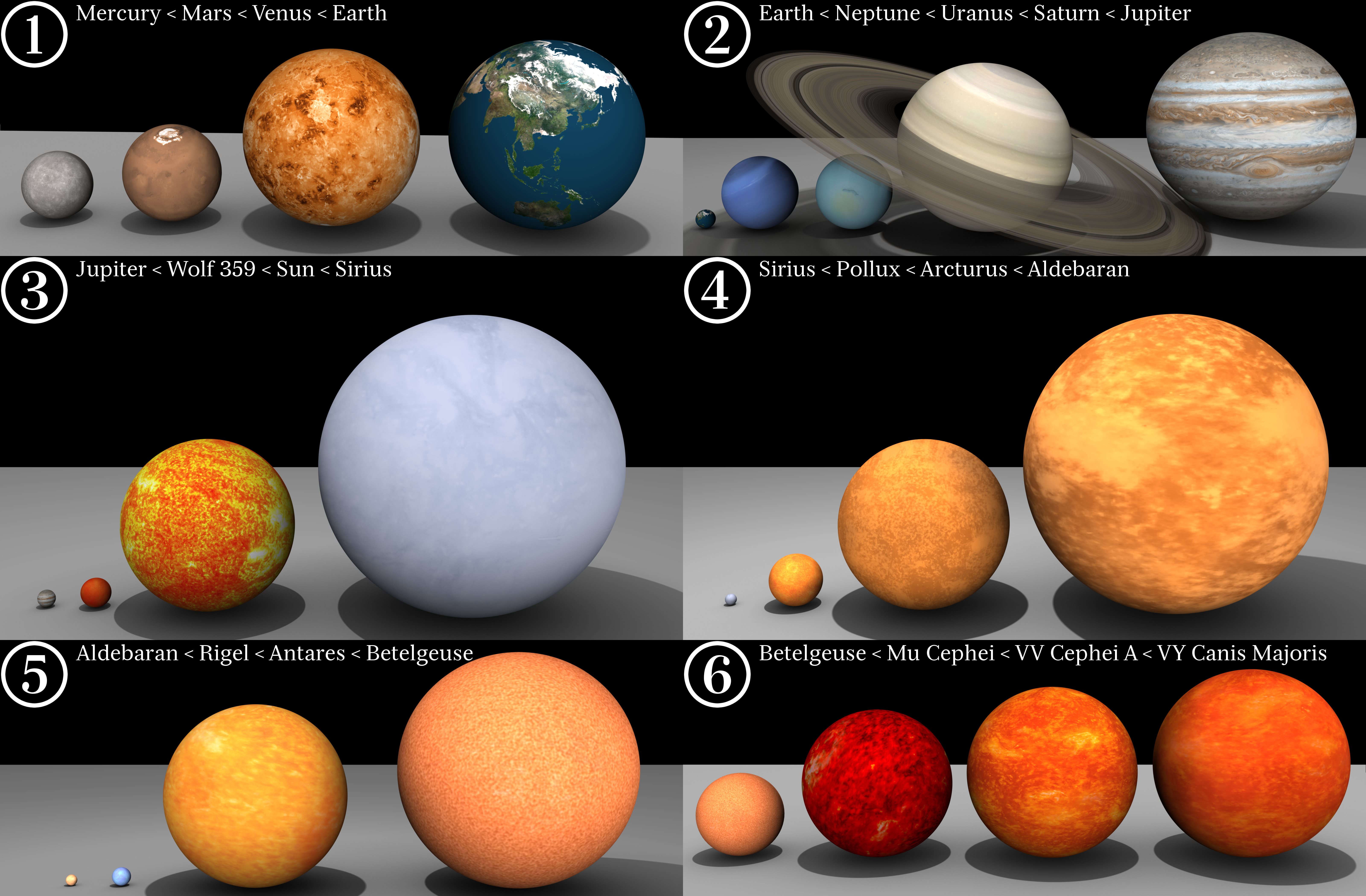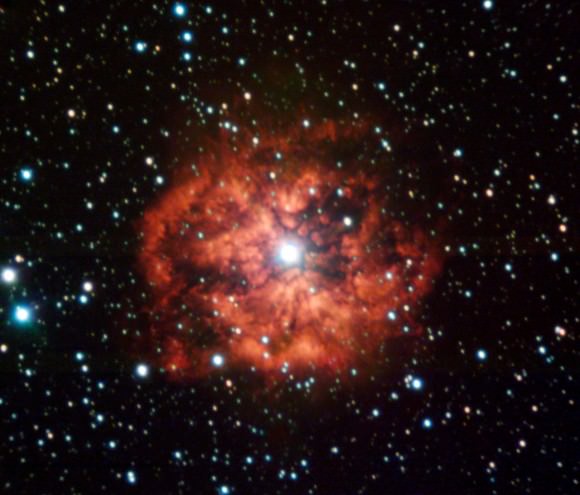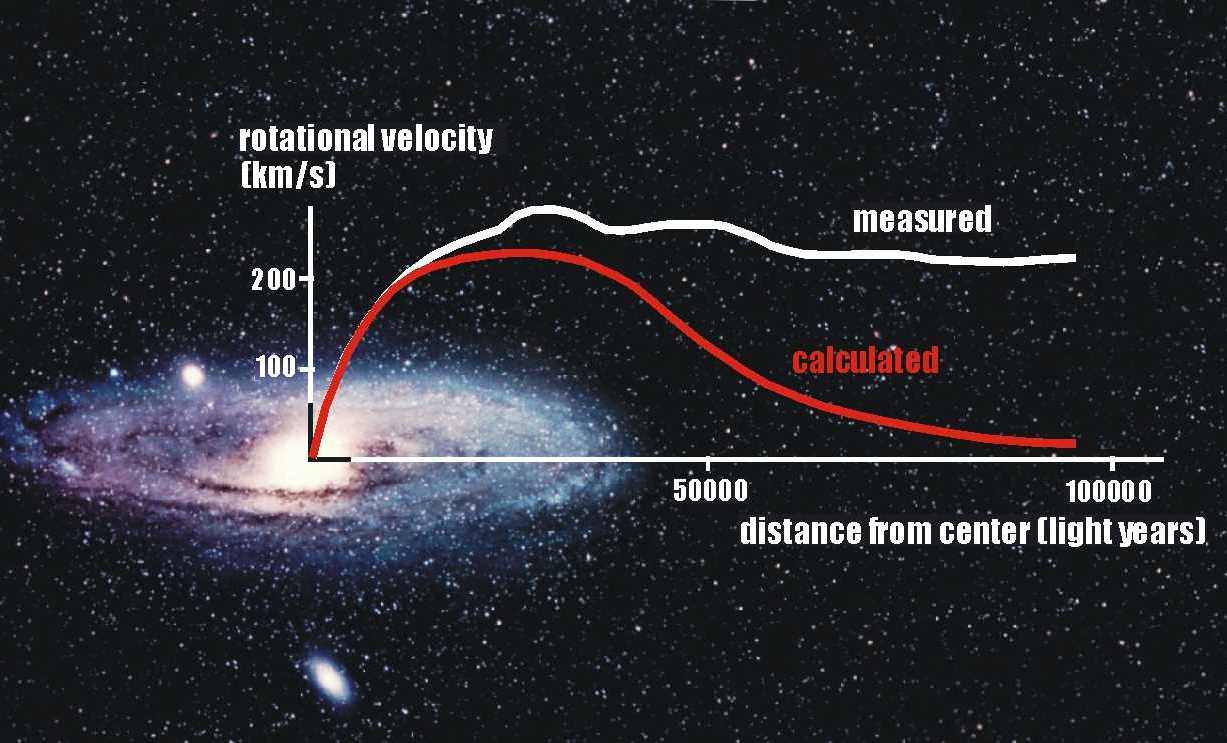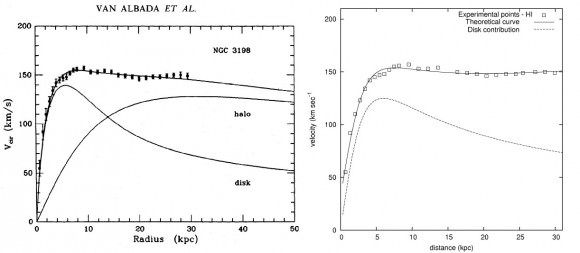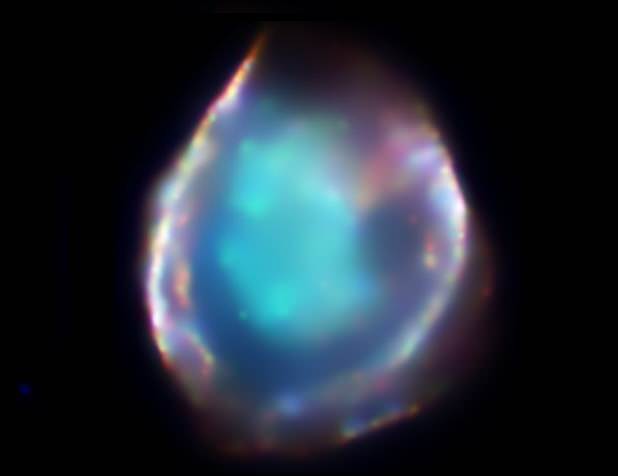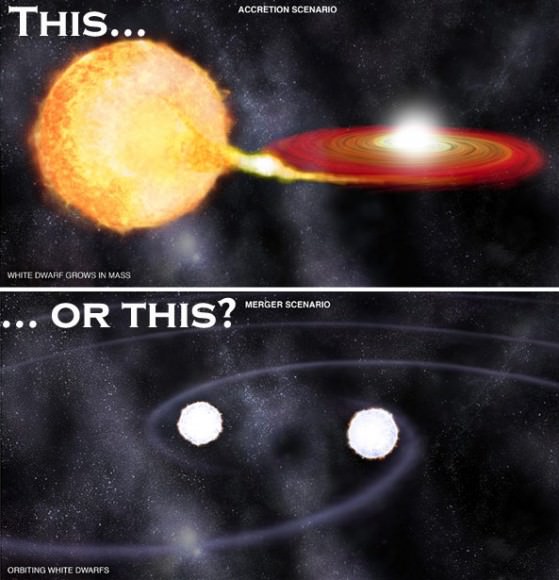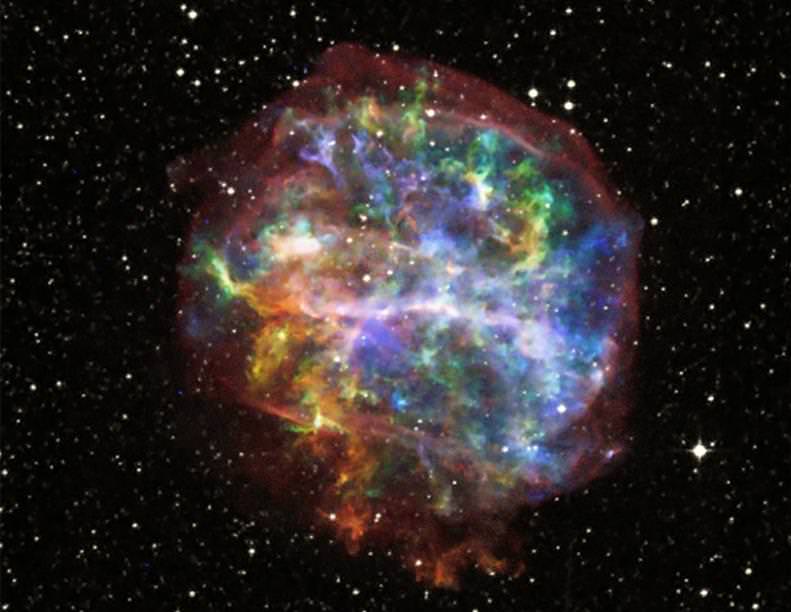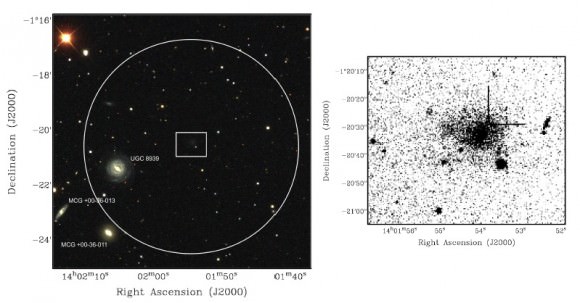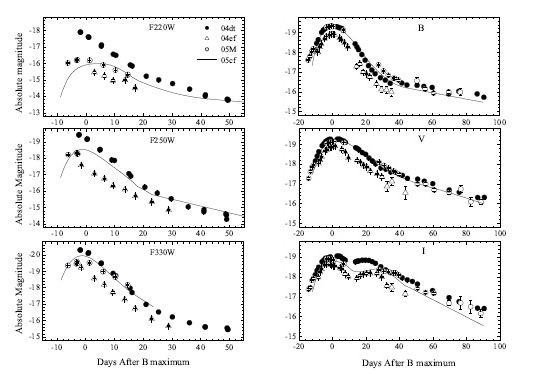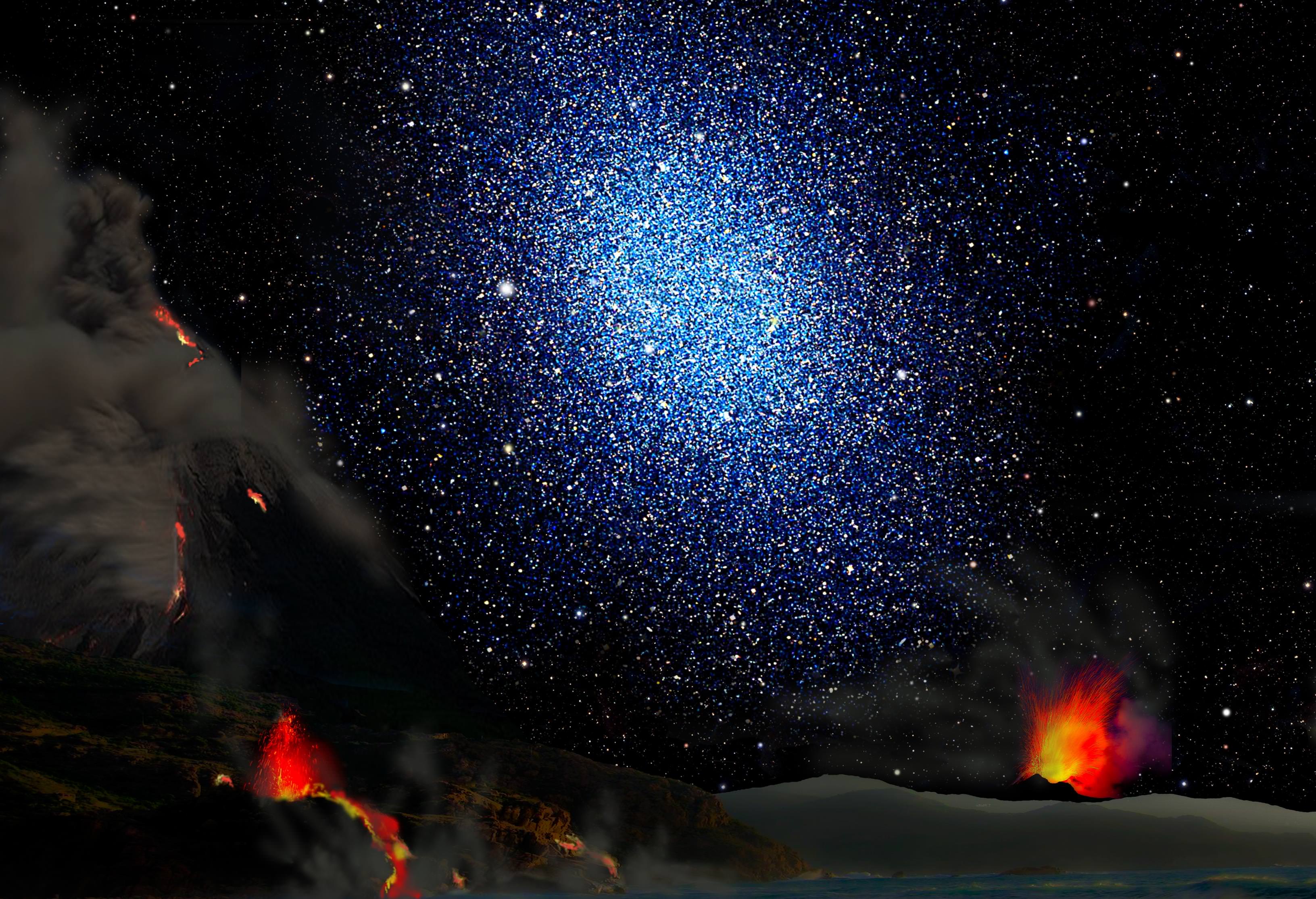[/caption]
According to Wikipedia, a Journal Club is a group of individuals who meet regularly to critically evaluate recent articles in the scientific literature. Since this is Universe Today if we occasionally stray into critically evaluating each other’s critical evaluations, that’s OK too.
And of course, the first rule of Journal Club is… don’t talk about Journal Club. So, without further ado – today’s journal article involves the mysterious case of PSR J1841-500, the pulsar that didn’t pulse.
Pulsars are neutron stars – with polar jets. They rotate quite fast and when one of those polar jets line up with Earth we detect a pulse of radio light. This is a very regular and very predictable pulse – although when measured over long time periods, the pulses slowly decline in frequency as magnetic forces create drag that slows the neutron star’s spin.
But PSR J1841-500 is an oddball – when first discovered, it pulsed every 0.9 seconds. Then for reasons unknown, it stopped pulsing for a period of over 500 days – after which it just picked up where it left off. There are at least two other pulsars known to have demonstrated such ‘switch on – switch off’ behaviour, although neither had anything like the switch-off duration of PSR J1841-500.
It is known that now and again neutron stars experience a ‘glitch’, a kind of a starquake, as the intense gravity of the star crunches its internal structure down to an even more compact state. This can change its spin and hence its pulse rate.
However, it’s not clear if glitch phenomena would help explain the extended ‘switch-off’ phenomenon observed in PSR J1841-500. Looking for other anomalies, the authors point to the unusual proximity of the magnetar IE 1841-045, which might be having some (unknown) effect on its neighbor.
The authors then conclude with the interesting suggestion that if this behavior is common, then we may be missing lots of pulsars that were in a ‘switched-off’ state when their particular region of the sky was last surveyed. This means we actually need to undertake repeated surveys – which should hopefully keep more astronomers in a job.
So – comments? Are the authors just building an overblown story out of a measurement error? Is there some weird magnetic dance going on between two proximal neutron stars? Want to suggest an article for the next edition of Journal Club?
Otherwise, happy holidays and all that stuff. SN.
Today’s article:
Camilo et al PSR J1841-0500: a radio pulsar that mostly is not there.



